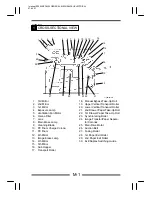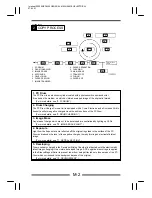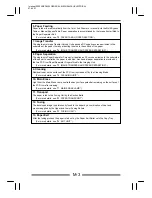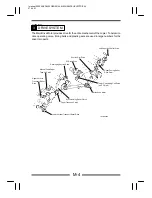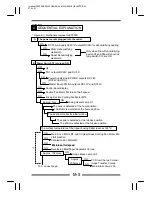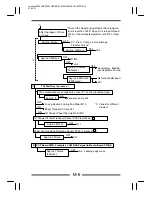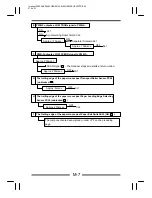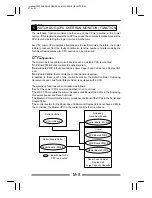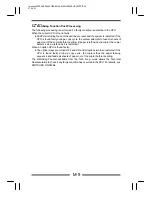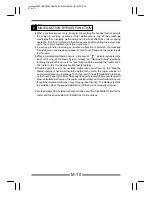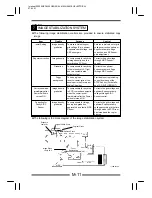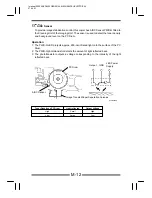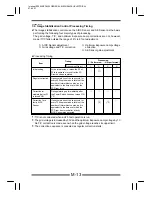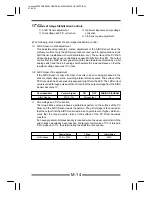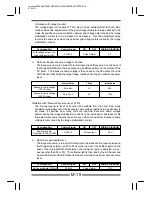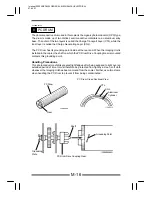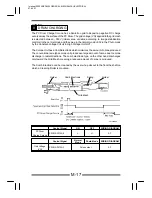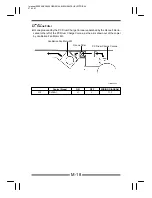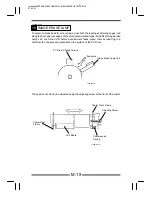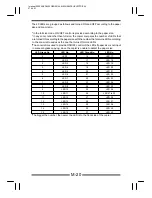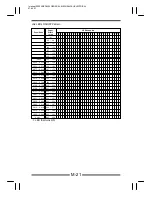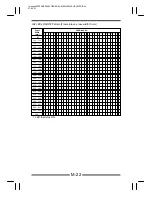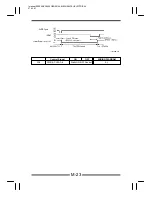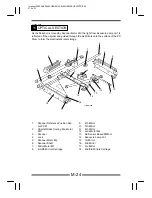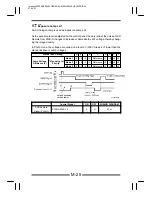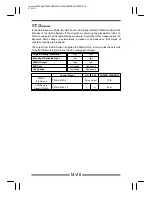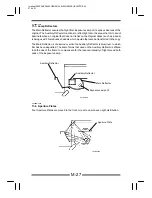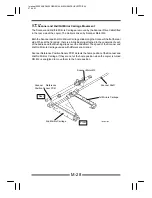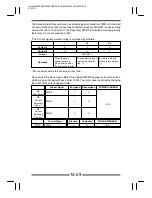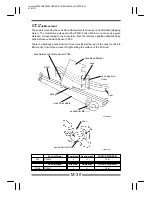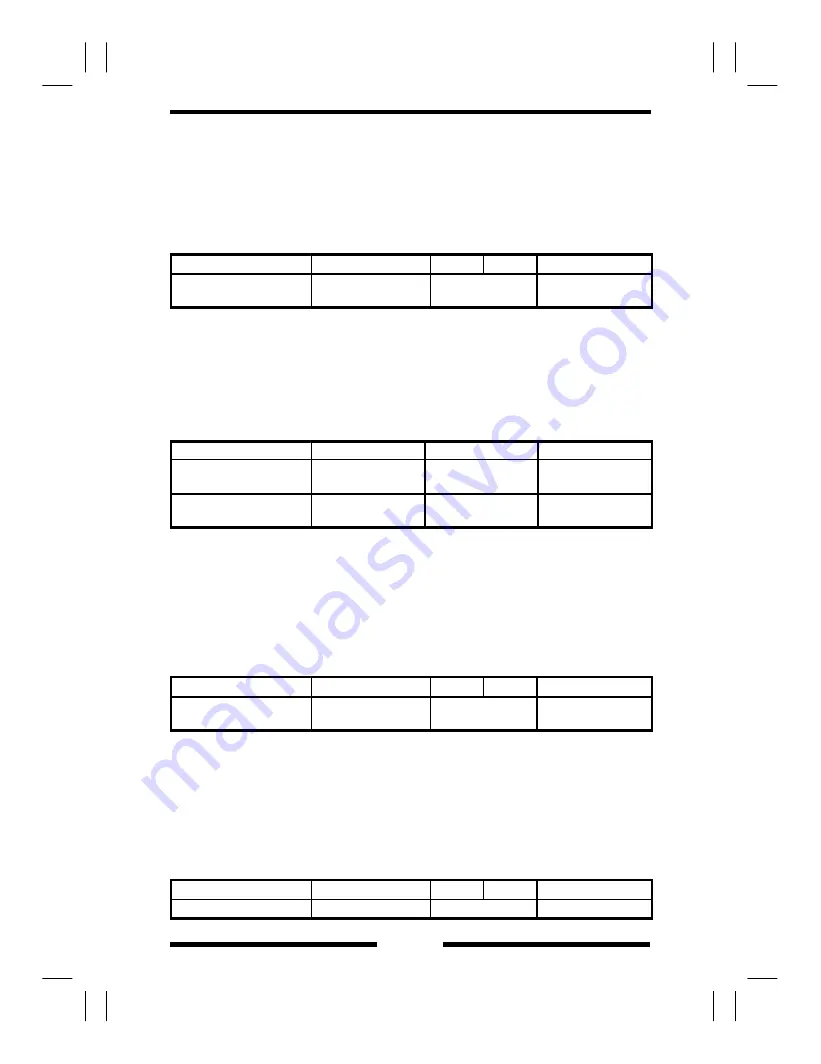
Interleaf EP5000/EP4000 GENERAL, MECHANICAL/ELECTRICAL
97.04.01
M-15
<Relation with Image Density>
The “Image Exposure” function of “Tech. Rep. Choice” available from the Tech. Rep.
mode enables fine-adjustments of the grid voltage (solid-black image density) to be
made. It specifies how many volts the optimum grid voltage determined by the image
stabilization control is to be increased or decreased. This fine-adjustment value
remains the same even when the optimum grid voltage is later varied by the image
stabilization control.
Controlled Part
Control Signal
ON
OFF
WIRING DIAGRAM
Grid voltage output from
High Voltage Unit HV1
PJ13A-1
Pulse Output
3-F
Â
Optimum Exposure Lamp voltage correction
The Exposure Lamp is turned ON to illuminate the halftone patch on the back of
the Original Width Scale, thereby producing a halftone pattern on the surface of the
PC Drum. The Exposure Lamp voltage is then varied so that the output from the
AIDC Sensor falls within the target range, thereby ensuring an optimum exposure
level.
Control Value
1 Step
Initial Value
Exposure Lamp voltage
(100V Areas)
40 to 80V
1V
58V
Exposure Lamp voltage
(200V Areas)
80 to 160V
2V
116V
<Relation with “Manual Exposure Level” of F5>
The “manual exposure level” of Function F5 available from the Tech. Rep. mode
enables fine-adjustments of the Exposure Lamp voltage (halftone image density) to
be made. It specifies how many volts the optimum Exposure Lamp voltage
determined by the image stabilization control is to be increased or decreased. This
fine-adjustment value remains the same even when the optimum Exposure Lamp
voltage is later varied by the image stabilization control.
Controlled Part
Control Signal
ON
OFF
WIRING DIAGRAM
Exposure Lamp
Regulator (PWB-J) REM
PJ8A-12
Pulse output
45-H
Ã
AE Sensor gain adjustment
The Exposure Lamp is turned ON to illuminate the blank sheet of paper placed on
the Original Glass (when an F5 or FF operation is run) or the halftone patch on the
back of the Original Width Scale (when the AE Sensor gain is adjusted in a se-
quence other than F5 or FF). The reflected light is then read by the AE Sensor and
a gain adjustment of the AE Sensor is made to maintain an optimum Auto exposure
level.
Controlled Part
Control Signal
ON
OFF
WIRING DIAGRAM
AE Sensor Board PWB-H
PJ3A-2
Pulse Output
12-B

